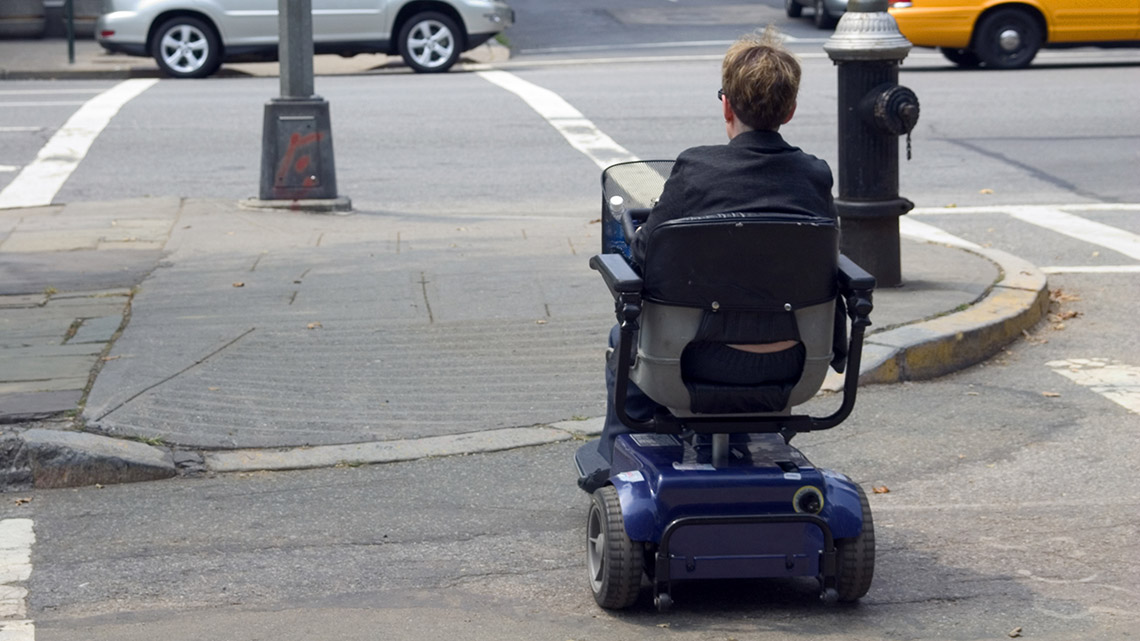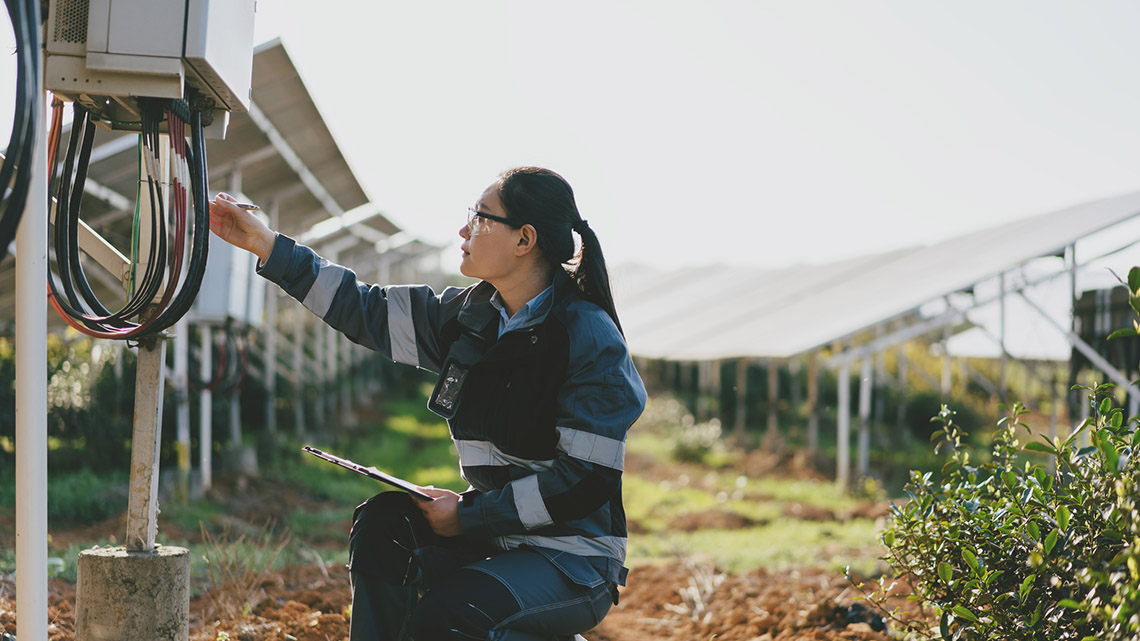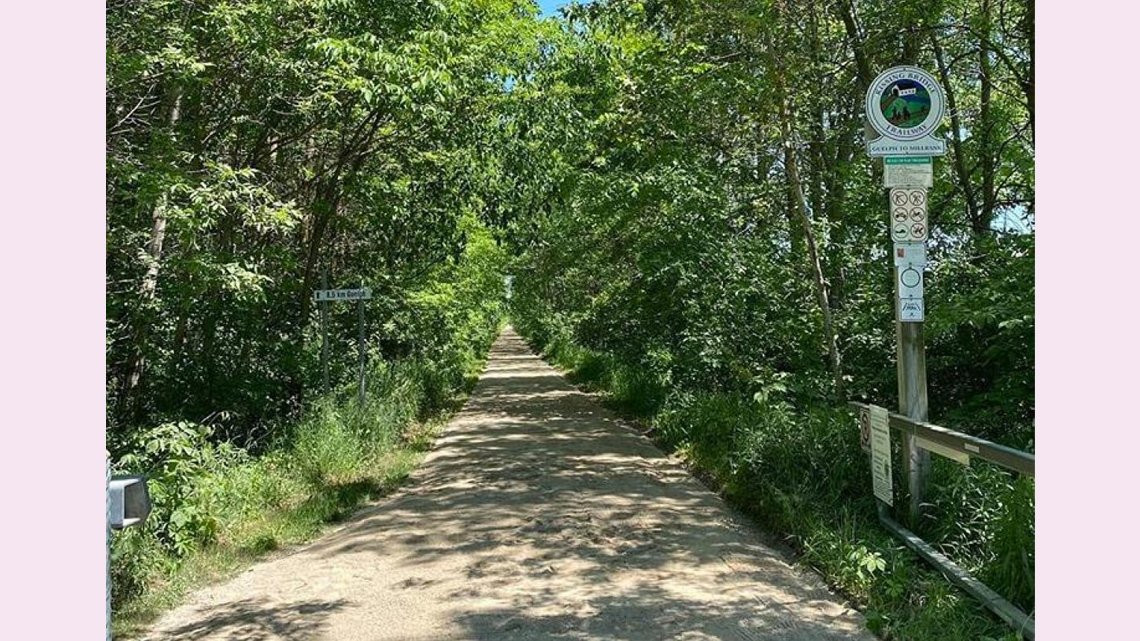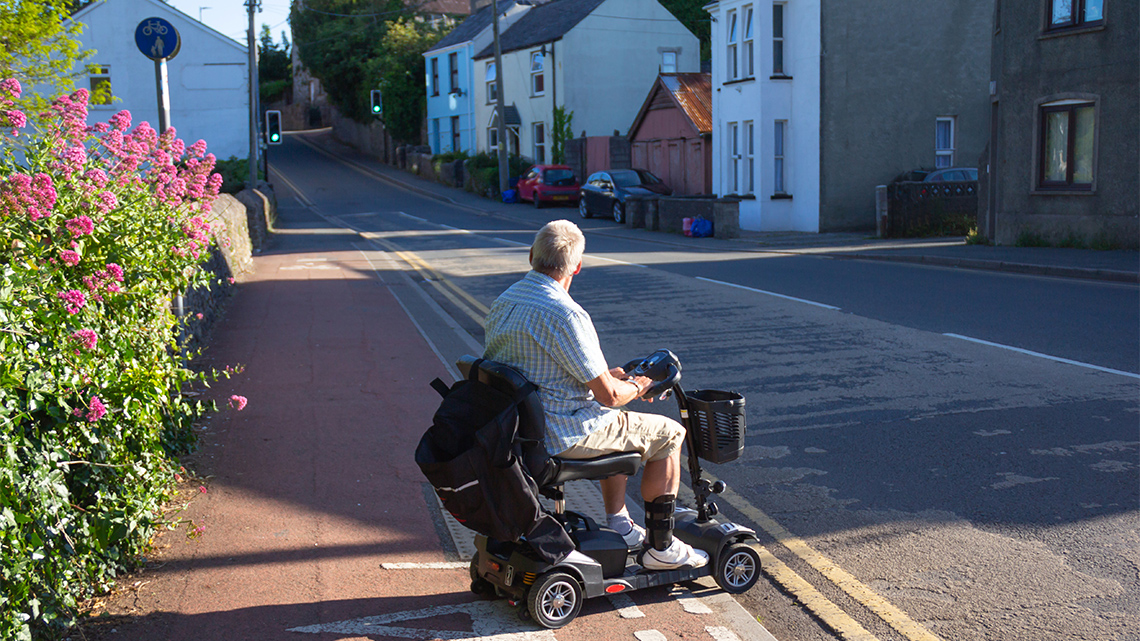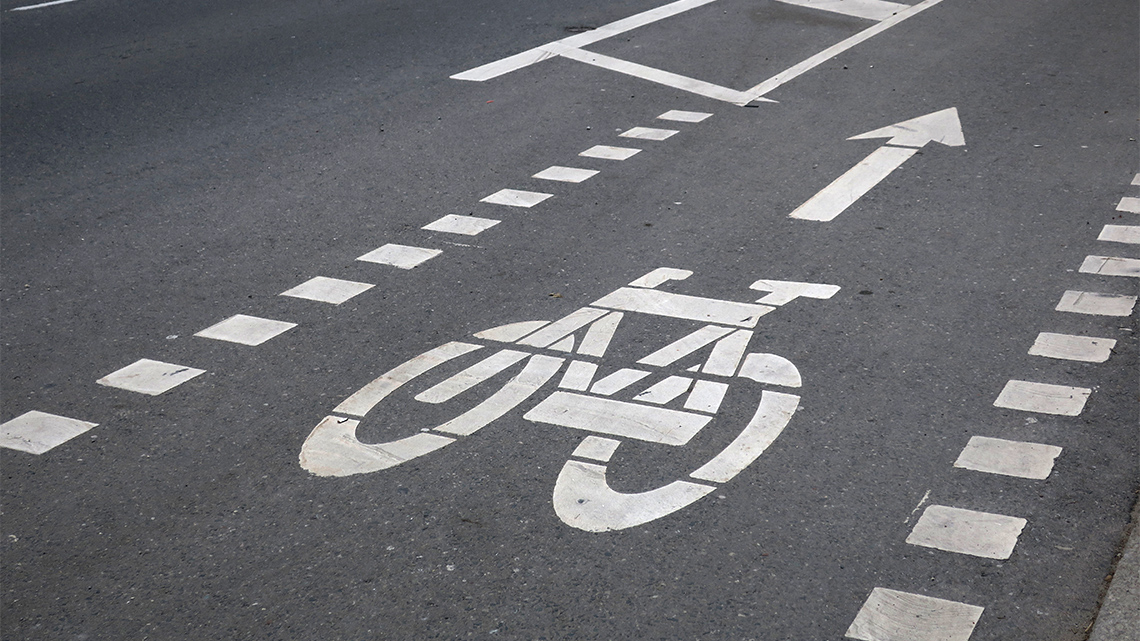Minds On
Getting around town
People use many different types of transportation to get from one place to another. Make a list of at least two of your own types of transportation. For each type, try to name the source of energy that is used to power that type of transportation.
For example, an electric car uses electricity.
Record your list in a method of your choice.
How do you think these types of transportation affect a person’s health and body?
Record your ideas in a method of your choice.
Action
Transportation and energy

There are different ways that people and items are transported all over the world. The main modes of transportation are:
- air transportation
- water transportation
- land transportation
- railway transportation
In this learning activity, we are going to focus our investigation on the energy consumption of using land transportation and how this mode of transportation affects the environment and human health, in both in positive and negative ways.
In Canada, transportation needs a lot of energy to work. The amount of fuel that is used for vehicles is 31% of all of Canada’s amount of fuel. Transportation in Canada also creates 25% of the country’s greenhouse gas emissions.
Press ‘Definition’ to access a definition of greenhouse gases.
The reason transportation is such a high source of greenhouse gas emissions is because many of these vehicles are powered by fossil fuels such as oil and coal.
How might greenhouse gas emissions affect human health?
The release of greenhouse gases into the atmosphere add to air pollution.
Explore the following infographic to determine the affects of air pollution. What do you notice are some of the impacts of air pollution on human health?

A chart listing the reasons behind air pollution and the ways in which it affects our health. The reasons include car exhaust, industrial facilities, agriculture, household and industrial waste, and radioactive objects. The health effects include lung disease, heart disease, nasal irritation, headache, nausea, and dizziness.
The government of Canada has put a plan in place to reduce the amount of fossil fuels and the amount of energy that is being used to power transportation vehicles in Canada.
Task 1: Energy sources
Let’s learn more about some of sources of energy that are being used in Canada and how these energy sources affect both the environment and people’s health. To do this, we are going to use the scientific research process.
For each type of energy source explored below, record the following information:
- the energy source
- the types of vehicles that rely on that energy source
- the environmental impact of the energy source
- the impact on human health of this energy source
You can record the information in a method of your choice or use the chart provided here.
You can also do your own investigating to find information about other energy sources not listed here.
Complete the Energy Sources in your notebook or using the following fillable and printable document. If you would like, you can use speech-to-text or audio recording tools to record your thoughts.
| Energy source | Examples of vehicles using energy source | Environmental impact of energy source | Impact on human health |
|---|---|---|---|
Press the ‘Activity’ button to access the Energy Sources .
Before beginning this investigation, explore this video that explains the scientific research process. Take note of how to research important information, record that information, and analyze the information that is being shared.
Check out this video to learn about the steps of the Scientific Research Process.
Press the following tabs to access types of energy sources.

To power many vehicles such as airplanes, cars, boats, motorcycles, and trucks in the form of gasoline and diesel. These are called petroleum products and are made from crude oil. These modes of transportation emit gases from their vehicles into the air while they are running.
Getting the oil from the ground to create petroleum affects the animals and plants that live in the water or land area where people drill for oil. There is also the chance that oil will spill which causes pollution in the water or land.
Crude oil as petroleum emits exhaust that affects people’s health if they breathe in the fumes or if they absorb it in their skin.
Because this energy source is used to power so many vehicles, its impact is wide.
Did you know? Large oil companies have invested in renewable energy projects as they begin thinking about transitioning to using cleaner energy sources!

In 2022, less than 10% of people in Canada are buying electric cars but this number is growing every year. Other vehicles that are powered by electricity include buses, trucks, motorcycles, and scooters. Electricity is a cleaner source of energy because it does not create a lot of greenhouse gas emissions. The batteries used to power these cars are made from lithium. These batteries are recyclable.
Although the greenhouse gas emissions are much lower, depending on the way that the electricity is produced for electric cars, there still might be environmental impacts. For example, solar energy would be better for the environment than fossil fuel energy.
Because electric cars do not burn fossil fuels to run, there is no exhaust to breathe in which makes it better for people’s health than petroleum.
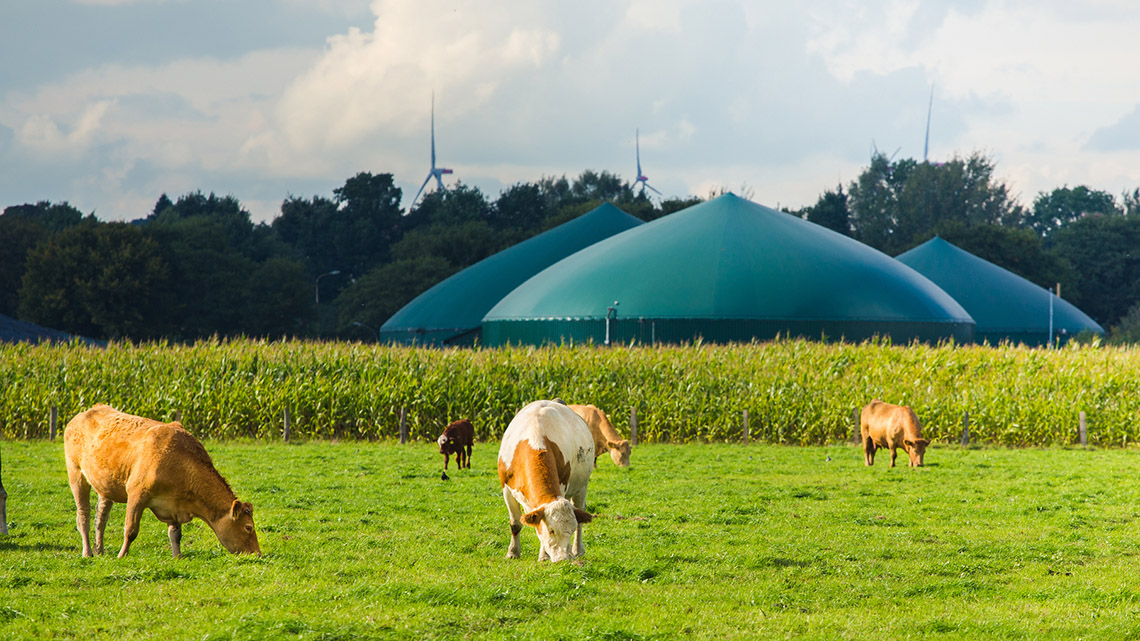
Another energy source that is used in Canada in the area of transportation is biofuels. This means using plant and animal materials to make fuel. One example is getting biomass from wood, corn, sugar and cattle waste. The matter of living things have energy from the sun. This energy can be taken from these materials and turned into gases through burning them. This is a renewable energy source. Vehicles that can use biofuel are heavy trucks, buses. Today, only a small number of vehicles are powered using biofuels but this number will continue to rise.
Burning these materials can cause air pollution and release gases into the air. There might be land clearing to grow plants for biofuel and fertilizers used for the plants. It is still considered to be better than burning fossil fuels and produce less greenhouse gases.
There can be health impacts if exposed to the burning of the biomasses in the form of air pollution.
Task #2: Canada’s plan for clean energy in transportation
The government of Canada has set a goal to create a cleaner country in the area of transportation. By 2040, they have set a target to not sell any light-duty vehicles that produce greenhouse gases. A light-duty vehicle includes cars, SUVs, small trucks, and vans.
How might the people in Canada reach this goal?
Different science and technology industries in Canada can help by giving important information about energy sources, the environment, health and transportation.
How might each profession contribute to reaching Canada’s Clean Energy goal by 2040?
Can you think of any other science and technology careers that could support?
Record your ideas in a method of your choice.
Task #3: Sustainable transportation
Let’s learn more about how technology can change how people get from one place to another.
Two things must happen to reduce greenhouse gas emissions:
- Energy sources that do not emit greenhouse gases need to be used to power vehicles.
- Transportation needs to have less of a negative impact on the environment.
This is called sustainable transportation. Sustainable transportation considers balancing our needs today and into the future. It means choosing modes of transportation that reduce the negative impact on the environment.
Which of the following modes of transportation do you think would be considered sustainable?
Modes of transportation
Press ‘Answer’ to access which modes of transportation are considered sustainable.
All of the examples are considered sustainable transportation.
Towns and cities all over Canada are creating plans to do their part to help Canada reduce their greenhouse gas emissions. These plans include promoting sustainable transportation in their communities. These plans will also reduce the negative impact on the environment and in some cases even promote healthier lifestyles!
Let’s explore some of these plans. As you explore, record whether you think these options should be promoted or not promoted and why.
Press ‘Hint’ to access a few ideas you may consider as you explore the plans.
You might consider the following:
- how it impacts the environment
- if it reduces greenhouse gas emissions
- how it affects people’s health.
Click on each of the actions that you might promote:
Actions
Are there any other options that could be promoted that were not mentioned?
If you could only choose one action, which action you think would be the best for your community? Why?
What sustainable transportation options have you seen being used in your community? Are there any barriers to using any of these options? If so, what might they be?
Record your ideas using a method of your choice.
Consolidation
The future of transportation
This learning activity connects new and existing approaches for young scientists to create positive changes in their communities.

You have learned a lot about energy use, transportation, and the effects of transportation on the environment and people’s health. Use that learning to complete one of the following two activities.
Option #1: Creating an innovation
Statistics in a report published by Participaction states that 65% of trips made by children aged 10-17 in their community involve a vehicle. When asked, the top answers by children as to why this occurs includes:
- I have too much to carry to walk to school or community spaces
- I have too much to carry to cycle to school or community spaces
Is there an innovation that could be created that would help young people choose other modes of transportation that could use less energy, have less negative impact on the environment and people’s health?
Create a design for an innovation that could help young people carry their belongings in a safe way. Record your design in a method of your choice.
Before beginning your design, explore this video that explains the engineering design process. For your design, you will not be testing or improving your design.
You may explore the following example for inspiration.

Let’s reflect
How does your innovation help to save energy?
How does your innovation reduce the negative impact on the environment and people’s health?
Are there any barriers to using your innovation?
Record your answers in a method of your choice.
Option #2: Evaluate Guelph’s community action plan
In 2021, Guelph, Ontario created a community action plan in the hopes of creating and maintaining easy and accessible transportation through trails, paths, and roads that would tie the community together.
As a city, they are progressing well through the following areas of their action plan.
In what way do you think that Guelph is achieving the following with this plan:
- saving energy
- reducing the greenhouse gas emissions and the negative impact on the environment
- reducing the negative impact of transportation on people’s health
What questions do you have about this action plan that would help you gather more information?
Is this a plan that could work in your community? Why or why not?
Record your answers using a method of your choice.
Reflection
As you read through these descriptions, which sentence best describes how you are feeling about your understanding of this learning activity? Press the button that is beside this sentence.
I feel...
Now, record your ideas using a voice recorder, speech-to-text, or writing tool.



